In vertebrates, the notochord developed during the embryonic stage is replaced by a cartilaginous or bony vertebral column which forms a protection covering around the dorsal tubular nerve cord.
- Head is well developed and sense organs are present. The brain is protected by a cranium.
- They have a ventral muscular heart with one, two, three or four chambers.
- Paired lateral appendages are present in the form of fins, flippers or limbs.
- A post anal tail is present in most of the members.
The subphylum is divided into two divisions and many classes.
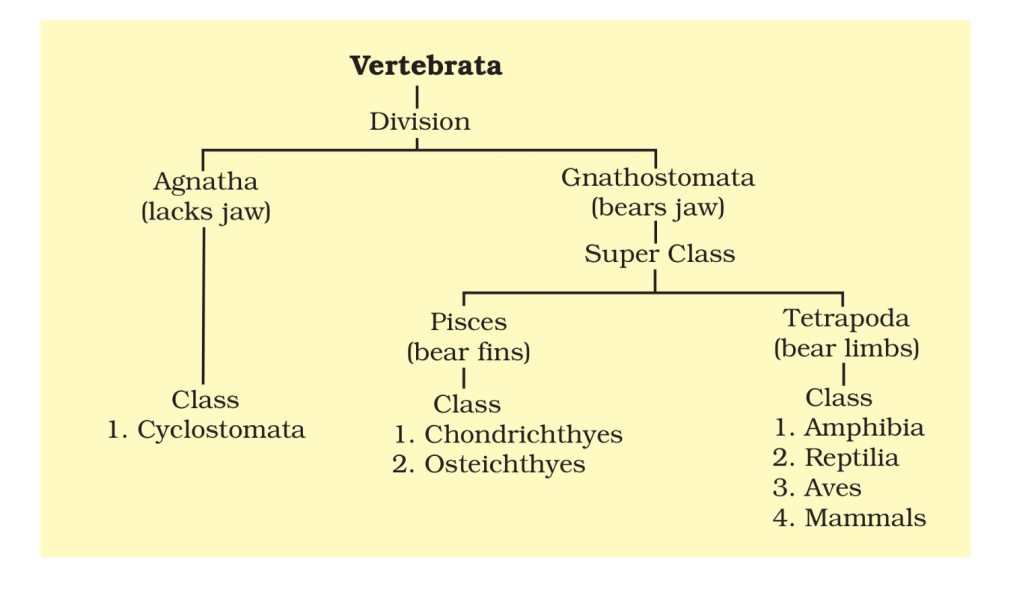
Division: AGNATHA
Division Agnatha consists of jawless vertebrates. Lateral appendages are also absent. This group is divided into 2 classes.
- Class Ostracodermi (extinct)
- Class Cyclostomata.
Class : Cyclostomata.
The term cyclo means circular, and stoma means opening or mouth. The members have a circular suctorial mouth (without jaws) in the ventral surface of the body. This is the characteristic feature of this group.
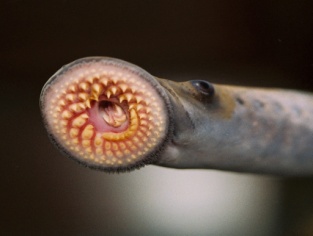
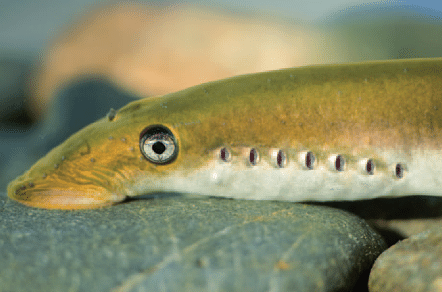
Habitat: All members are aquatic (freshwater or marine). They live as ecto–parasites on some fishes.
Examples: Petromyzon, Myxine
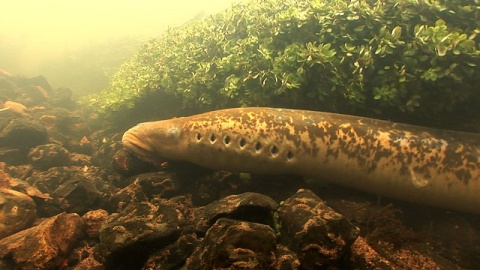
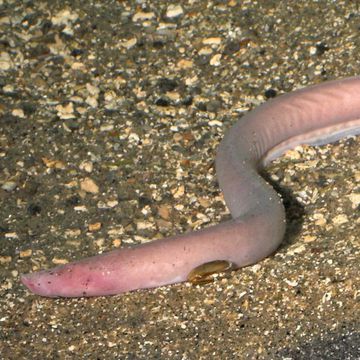
Petromyzon (Lamprey) Myxine (Hagfish)
![lamprey-hagfish[2].jpg](https://www.w3schools.blog/wp-content/uploads/2019/08/lamprey-hagfish2-jpg-1.jpeg)
![lamprey-hagfish[2].jpg](https://www.w3schools.blog/wp-content/uploads/2019/08/lamprey-hagfish2-jpg-1-1.jpeg)
Gill slits – 7 pairs
Body characteristics:
- The body is slender, elongated and eel like.
- It bears 6-15 pairs of gill slits for respiration.
- The mouth is circular, suctorial and jaw-less.
- Their body is devoid of scales and paired fins.
Notochord: Cranium and vertebral column (endoskeleton) are fibrous and cartilaginous. Notochord is persistent throughout the life.
Physiology: Circulation is of closed type.
Reproduction: Cyclostomes are marine but migrate for spawning to fresh water. After spawning, within a few days, they die. Their larvae, after metamorphosis, return to the ocean.